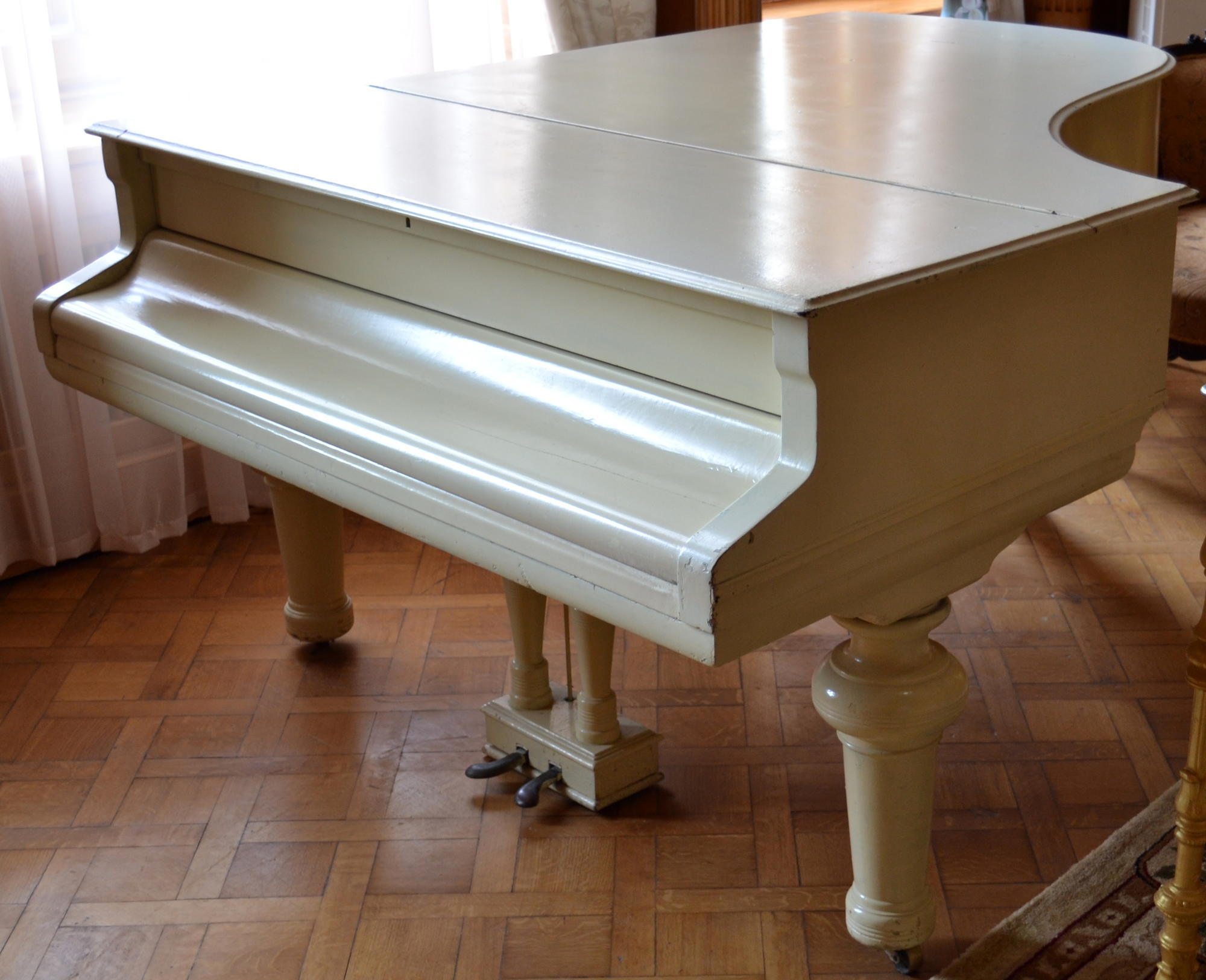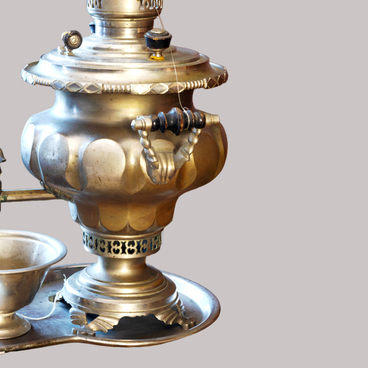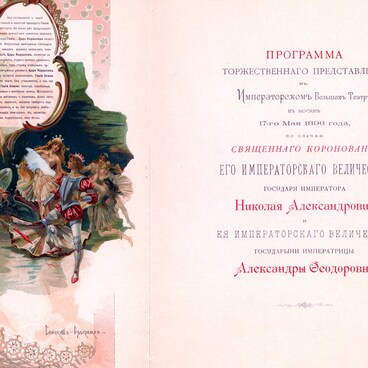This J. Becker grand piano can be rightfully considered the main exhibit of Empress Alexandra Feodorovna’s boudoir — part of the exhibition of the Livadia Palace Museum. The J. Becker grand piano was purchased in 1911 for the Livadia Palace from a music store in Yalta that belonged to a merchant named Julius Pfeifer, as evidenced by a sticker on the piano.
The State Archive of the Russian Federation has preserved a document compiled by Professor Alexey N. Derevitsky and dated March 7, 1925. There, the author expressed his opinion on the cultural and historical value of the grand pianos in the Grand Livadia Palace. The professor noted that the J. Becker grand piano is stored “in the rooms that have been left untouched and placed under the protection of the Narkompros and is in no foreseeable danger of irreparable damage.” It has also been pointed out that this grand piano is part of an earlier series that was intended to be “used on concert stages” because the grand pianos of that series are of much higher quality and value than ones produced later by the same factory.
The J. Весker company is one of the most well-known German piano manufacturers that operated in Russia between 1841 and 1918. It was named after its founder, a German-born piano craftsman Jacob (Yakov Davidovich) Becker, who was also a thinker, inventor and innovator. Jacob Becker was born in 1811 in Neustadt an der Weinstraße, a German state town in the Principality of Rhineland-Palatinate. In 1841, Jacob Becker founded a piano workshop (known as J. Весker from 1857) in Saint Petersburg, which mainly produced petite grand pianos. Becker was well-versed in modern piano construction and was eager to introduce all the latest technical innovations into the design of his instruments. Over time, J. Весker grand pianos have grown famous and widely recognized. In 1856, the J. Весker company became an official supplier to the courts of Grand Duke Nicholas Nikolaevich and Grand Duchess Elena Pavlovna, and between 1858 and 1859 it provided pianos for Grand Duke Konstantin Nikolayevich and Alexander Alexandrovich, the future Emperor Alexander III. In 1859, the J. Becker factory also supplied grand pianos for the Winter Palace.
The State Archive of the Russian Federation has preserved a document compiled by Professor Alexey N. Derevitsky and dated March 7, 1925. There, the author expressed his opinion on the cultural and historical value of the grand pianos in the Grand Livadia Palace. The professor noted that the J. Becker grand piano is stored “in the rooms that have been left untouched and placed under the protection of the Narkompros and is in no foreseeable danger of irreparable damage.” It has also been pointed out that this grand piano is part of an earlier series that was intended to be “used on concert stages” because the grand pianos of that series are of much higher quality and value than ones produced later by the same factory.
The J. Весker company is one of the most well-known German piano manufacturers that operated in Russia between 1841 and 1918. It was named after its founder, a German-born piano craftsman Jacob (Yakov Davidovich) Becker, who was also a thinker, inventor and innovator. Jacob Becker was born in 1811 in Neustadt an der Weinstraße, a German state town in the Principality of Rhineland-Palatinate. In 1841, Jacob Becker founded a piano workshop (known as J. Весker from 1857) in Saint Petersburg, which mainly produced petite grand pianos. Becker was well-versed in modern piano construction and was eager to introduce all the latest technical innovations into the design of his instruments. Over time, J. Весker grand pianos have grown famous and widely recognized. In 1856, the J. Весker company became an official supplier to the courts of Grand Duke Nicholas Nikolaevich and Grand Duchess Elena Pavlovna, and between 1858 and 1859 it provided pianos for Grand Duke Konstantin Nikolayevich and Alexander Alexandrovich, the future Emperor Alexander III. In 1859, the J. Becker factory also supplied grand pianos for the Winter Palace.



